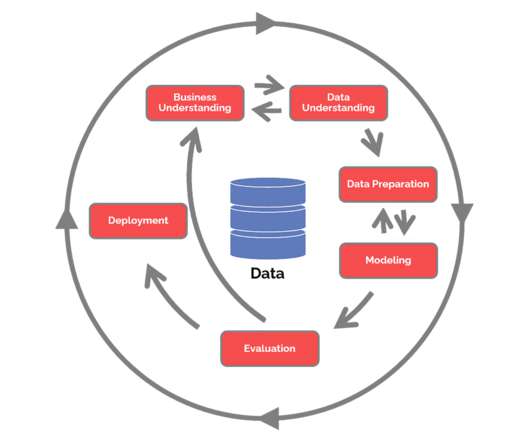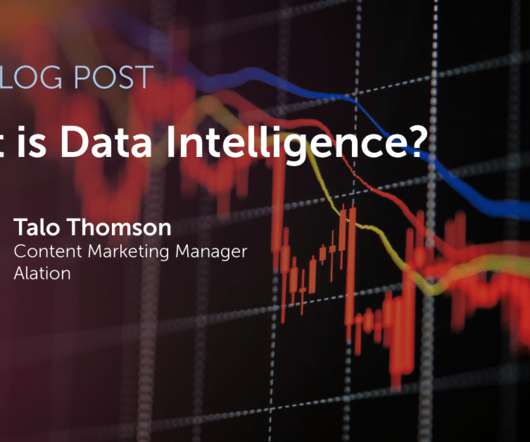AzureML and CRISP-DM – a Framework to help the Business Intelligence professional move to AI
Jen Stirrup
SEPTEMBER 30, 2021
If you’ve previously done work in SQL Server Analysis Services, you will know that Analysis Services had data mining functionality. Excel specialists may know that Excel also has a series of Data Mining Add-ins. This may also involve the generation of a preliminary plan designed to deliver the business objectives.














Let's personalize your content